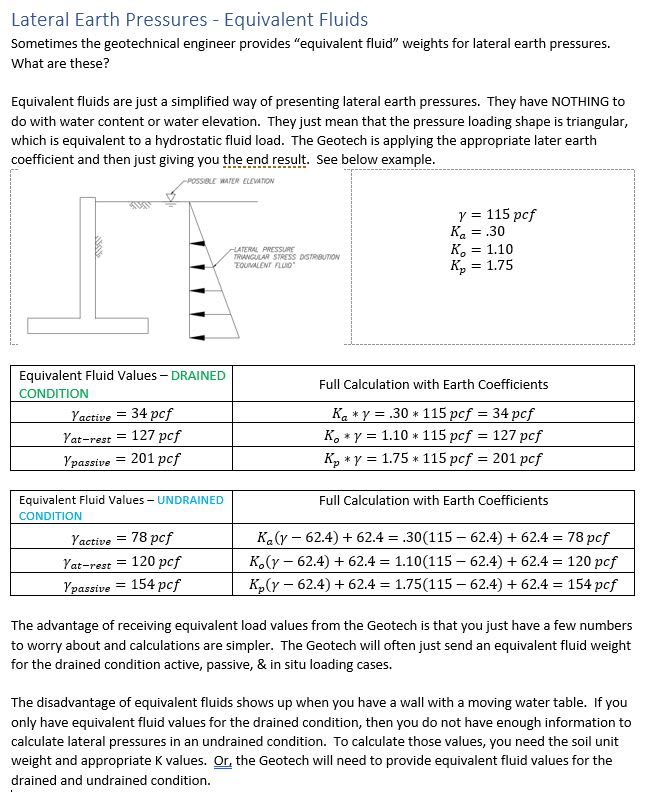OP also mentioned bearing pressure. For bearing pressure on the horizontal bottom of the footing, I have a quick way of doing it which is advocated by a transportation agency in my area. You add the two 6" blow counts at the desired bottom of footing and multiply by 0.1 TSF. For example, if your 6" blow counts are 11 and 14, your bearing pressure is approximately 2.5 TSF, and then you can make it like 2.0 TSF to be conservative. It also shouldn't exceed code prescriptive maximum bearing pressures (my building code has a limit for each type of soil). Your mileage may vary, because soils differ from region to region and there are different methods of blow counts.
As for active pressure, there are rough charts online for correlating angle of friction with different types of soil. Just match it up to a chart and be conservative by reducing the angle by a few degrees. I'd only do this for a "low consequence wall", as phamEng put it.

